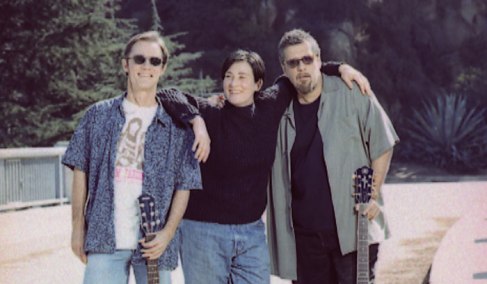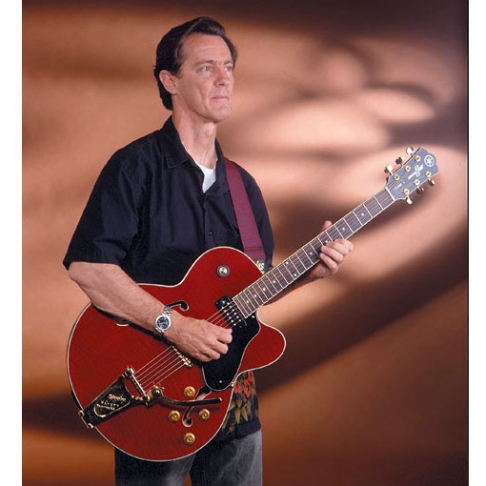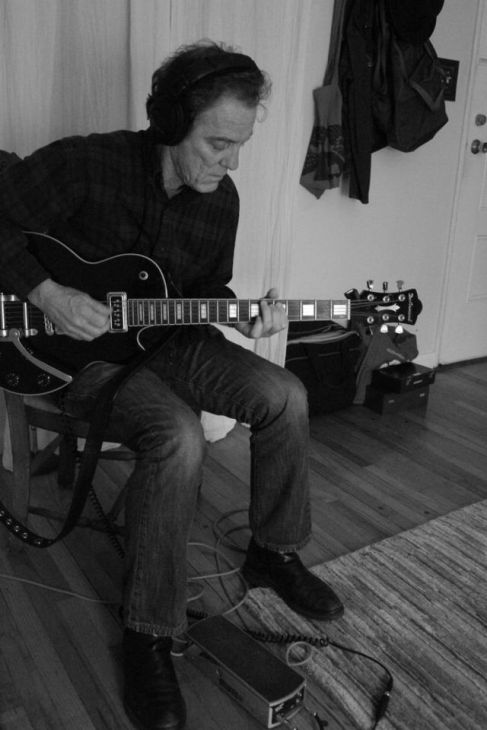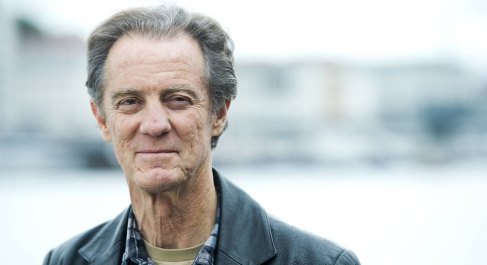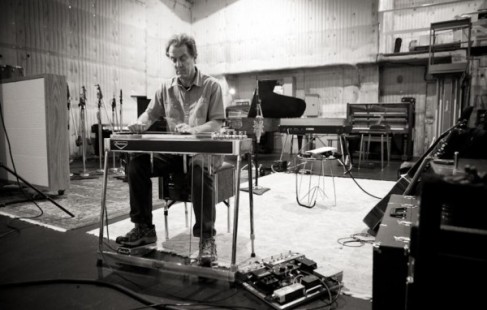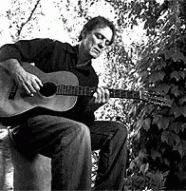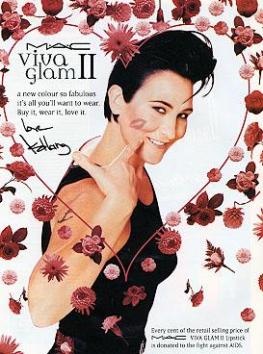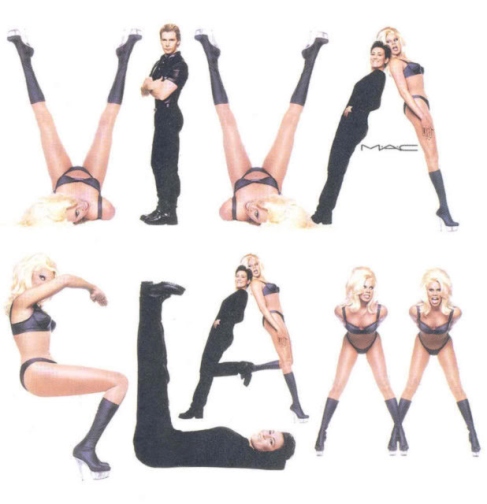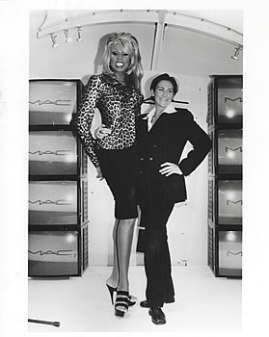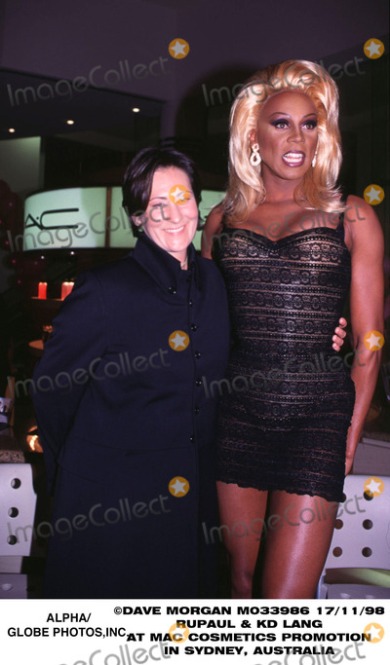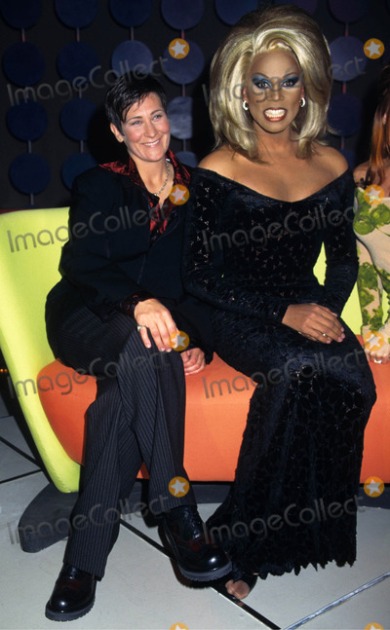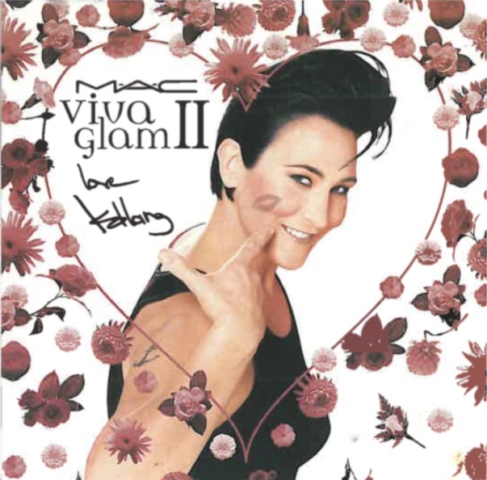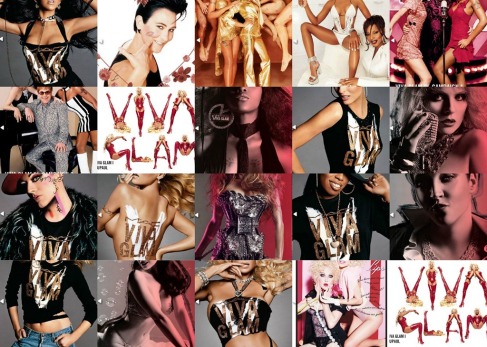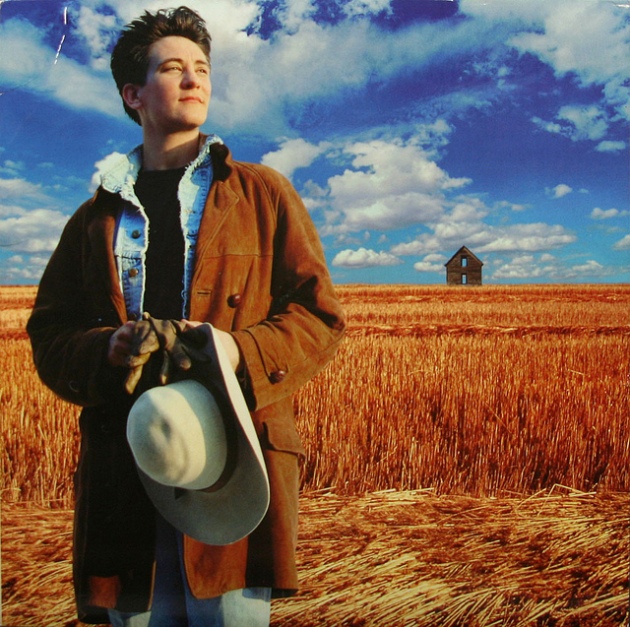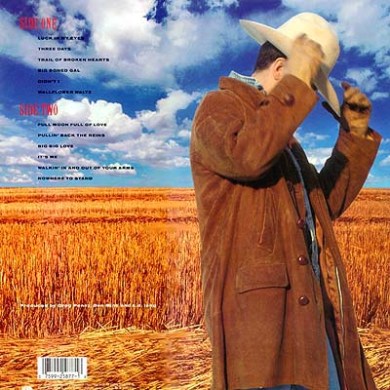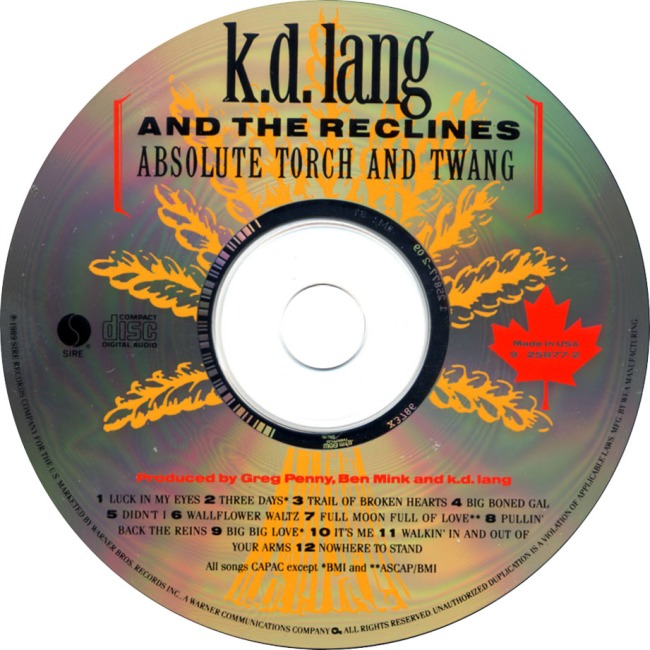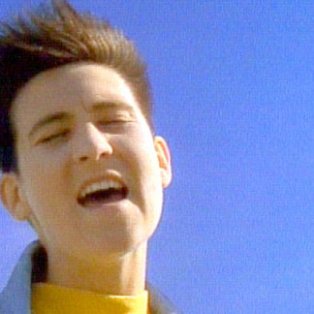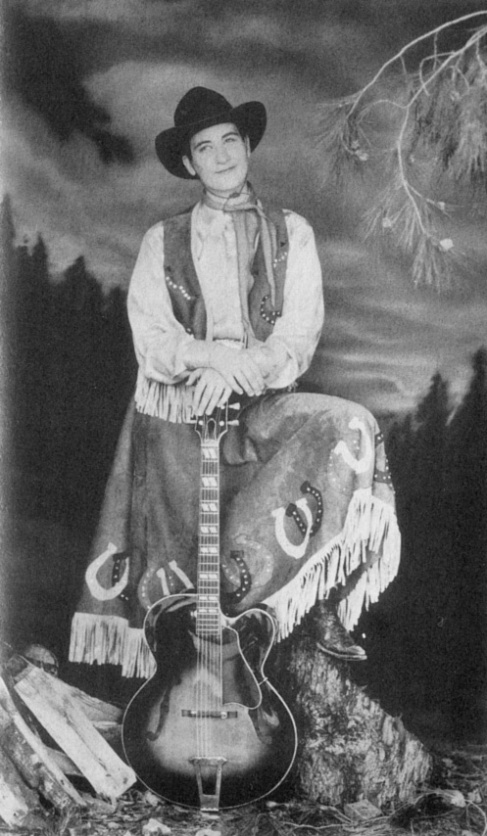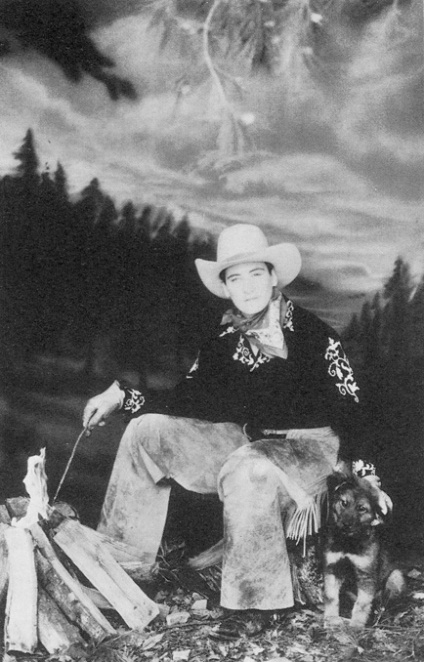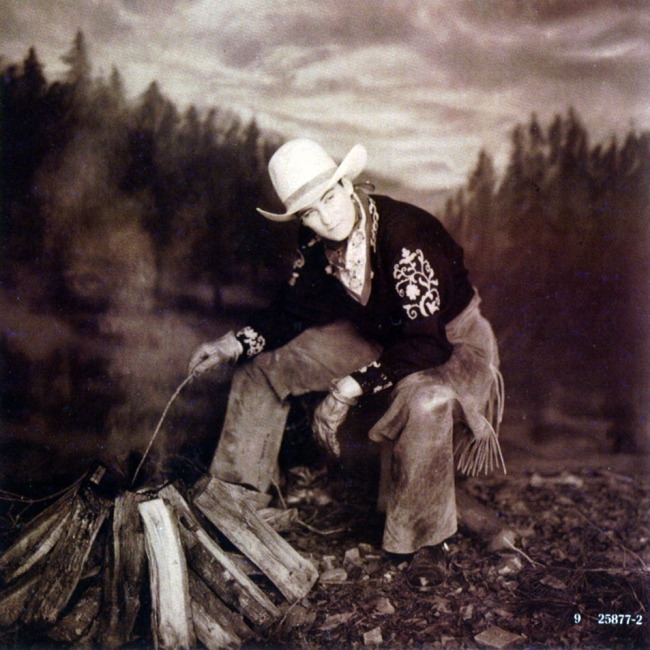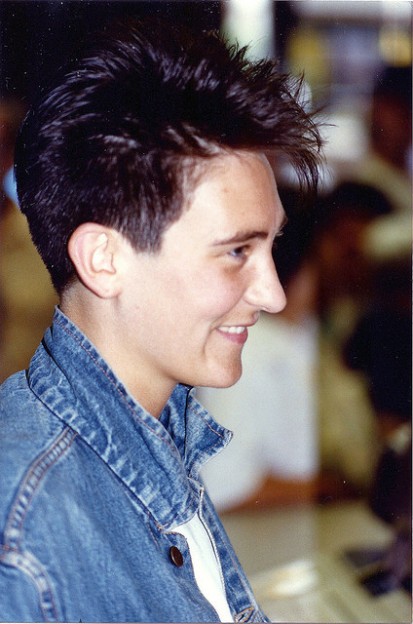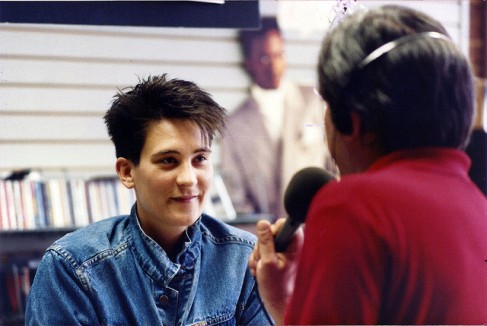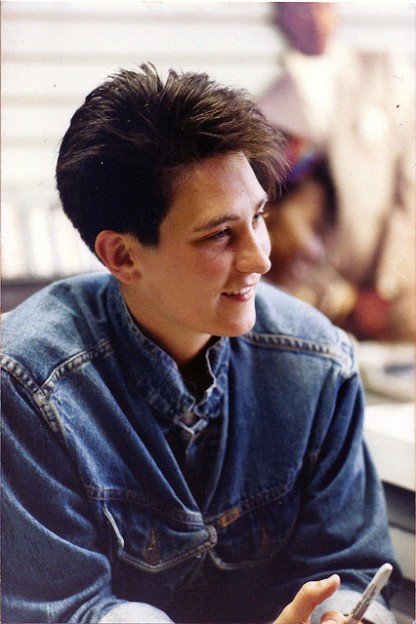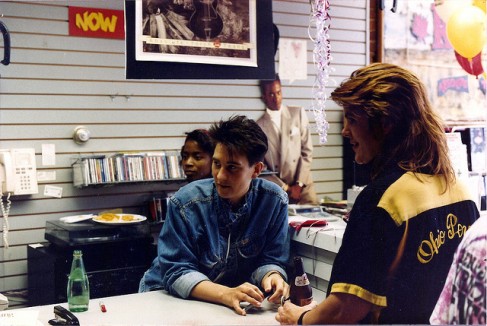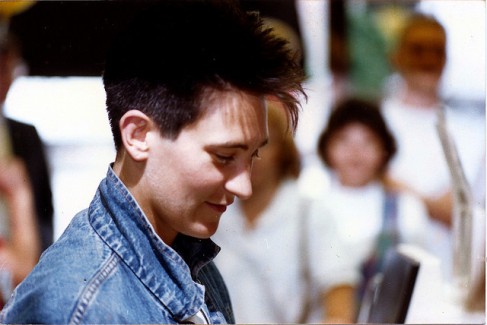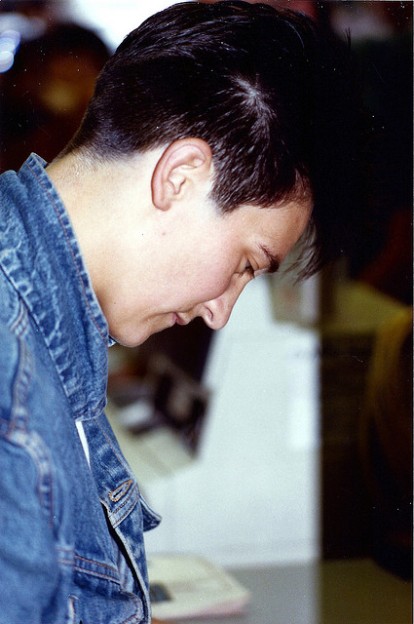Make-up Artist Cosmetics, or ‘MAC’ was founded in 1985 by Frank Angelo and Frank Toskan, (known collectively as ‘the Franks’.) They began their business making camera-friendly lipstick for professional make-up artists but the general public also bought their products at the first MAC outlet located in a salon in the basement of Simpson’s department store in Toronto.
In 1994 Estee Lauder invested in MAC, purchasing 51 percent of the company, which allowed MAC to expand internationally. While business success was important, the company was also socially responsible and became known for raising millions of dollars for AIDS hospice care through the donation of all sales from Viva Glam lipstick. The Franks refused to use fancy packaging or a famous model’s face to promote their product. Instead, they chose the famous lesbian cow-punk singer K.D. Lang, and drag queen Ru-Paul to be the company spokesmodels, which rocketed the brand to fame in the late 1990s.
In 1997 Frank Angelo died of a heart attack during cosmetic surgery and in 2003 the company headquarters were moved to New York, but despite the changes to the company, MAC continues to be devoted to social responsibility. MAC cosmetics are not tested on animals, recycles its containers, and continues to support people living with AIDS.
http://www.macaidsfund.org/#/glam/campaignhistory
http://en.wikipedia.org/wiki/Mac_AIDS_Fund
Beauty that gives back – MAC
Without a doubt, one of the most powerful brands in the cosmetics world has to be M.A.C. What beauty aficionado has not lusted after their products at some point or another? It’s reassuring to know that M.A.C is also behind one of the most effective charitable campaigns on record, Viva Glam.
Since 1994, the Viva Glam campaign has raised $218,000,000.00 (yes you read that correctly, two hundred and eighteen MILLION dollars!) for the M.A.C Aids fund.
What is the M.A.C Aids fund? The M.A.C AIDS Fund’s mission is to serve people of all ages, all races and all sexes affected by HIV and AIDS.To partner with the bold, the visionary and the brave who confront the epidemic in countries and communities where people are most neglected, off the radar and at the highest risk. Responsive, agile and alert, MAF funds innovative programs that deal directly with the most marginalised, stigmatised and under-heard victims. MAF celebrates humanity, life, creativity and individuality. Making a difference, one VIVA GLAM lipstick at a time.
How has this been possible? Well, M.A.C underwrites the cost of all the lipsticks and lipglasses in the Viva Glam range, meaning that the full purchase price (not just the profits) of Viva Glam products (excluding local taxes) go straight to the M.A.C Aids fund. To top this off, the Viva Glam campaign has had some incredible spokespeople over the last 17-odd years.
Interview from Obivious Gossip 1998
During her recent trip to Vancouver for the Fashion Cares AIDS benefit kd took the time to sit down with journalist Virginia Leeming to talk about AIDS, her lipstick and the politically correct.
Canadian singing sensation kd lang visited Vancouver briefly on Nov 13 to open the MAC cosmetics show to raise money for local AIDS charities. Before the event, she agreed to briefly discuss her involvement as a spokesperson for the Toronto-based cosmetics company. Dressed in black from head to toe, with a few straggly locks hanging, almost Elvis-style, on her face, she appeared to be wearing barely a brush of lipstick. Her handshake is a grip with strength.
VL: Do you have any idea how much money your particular lipstick colour (which is Viva Glam II, a pink shade) has earned?”
Kd: About four million. It raised a million really quickly when it first came out and that was like a year ago, so I think it’s about four million now. But altogether Viva Glam I (drag queen RuPaul’s fundraising red lip colour) and II, with Kids Helping Kids cars (card featuring drawings by children who are HIV positive), have raised over 15 million.” (The money raised goes to local AIDS charities).
I probably can’t think of an original question that you haven’t heard before as a spokesperson for MAC AIDS funs, but was there a special reason you got involved in the first place with MAC?
Yeah, well you know, like there’s a lot of organisations looking for a celebrity spokesperson. Really, because of a lot of different parallels in our values. They are Canadian, they were the first company not to test on animals, they recycle, they’re kinda pc and I try to keep concerned with that. But also because of their really strong commitment to AIDS. And 15 million dollars (raised for HIV/AIDS programs) for a cosmetic company, plus they have a black drag queen for their first spokesperson and a lesbian for their second, that’s pretty cool.
You’re not a lipstick lesbian are you.
Yes, I’m a professional lipstick lesbian. Not a practicing one, but a professional one.
I understand you have beautiful skin. Can you tell me, is that genetic or does it come from creams?
I’m Canadian; ever looked at Canadian skin? It’s really beautiful. My mother has astonishing skin.
So it isn’t always the creams you put on?
No, no, it’s genetics and water
So you lead a pretty healthy lifestyle?
Pretty healthy. I’ve been slippin’ a little bit lately, because I took a year off. That’s good. I needed it.
Would you like to add anything to our interview?
Well, I guess my whole purpose of being here is to raise awareness and to raise money. You know the fight against AIDS is definitely not over. Far from it. If people abandon an issue after it has lost its glamour, it’s still something that we have to fight against.
I don’t think we have seen the full brunt of it yet. Especially in continents like Africa.
Yeah, especially when you get statistics like one in four people in Kenya.
The next day, kd and Phillip Ing, MAC’s artistic director, hopped on a plane bound for Sydney, Australia, where more stores are being opened, and to bring their AIDS awareness to the land of Oz.

